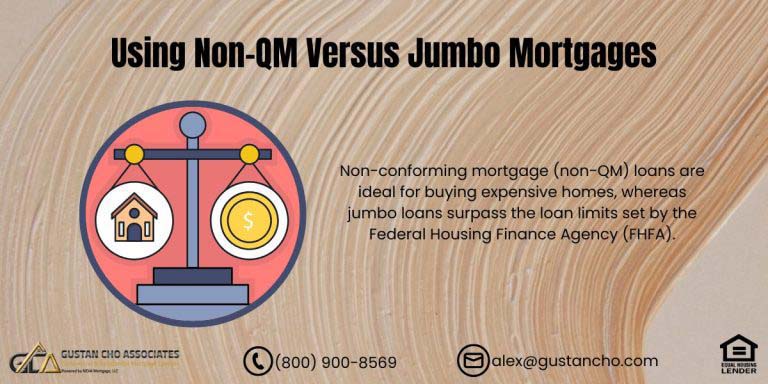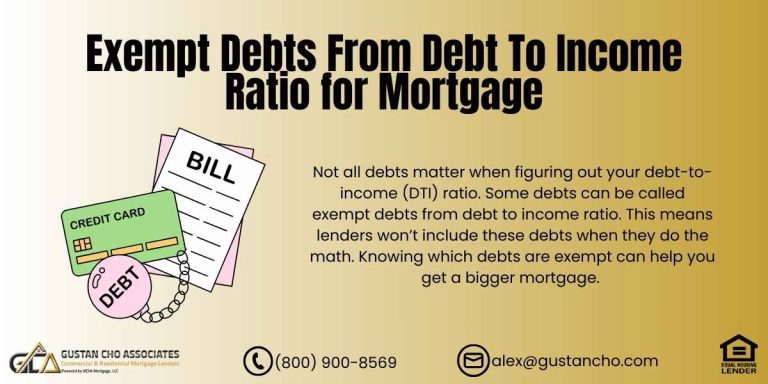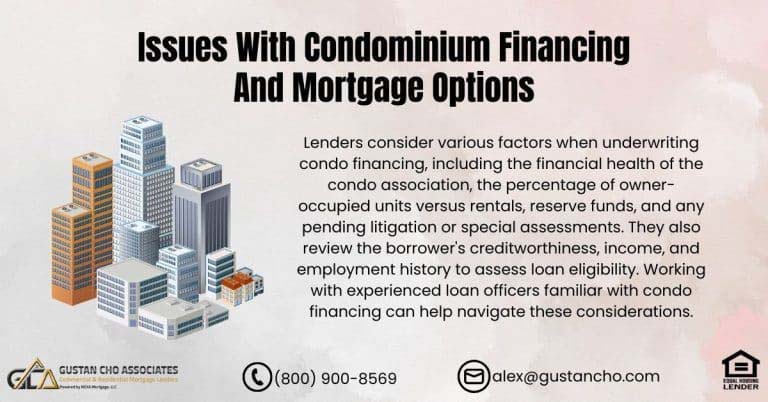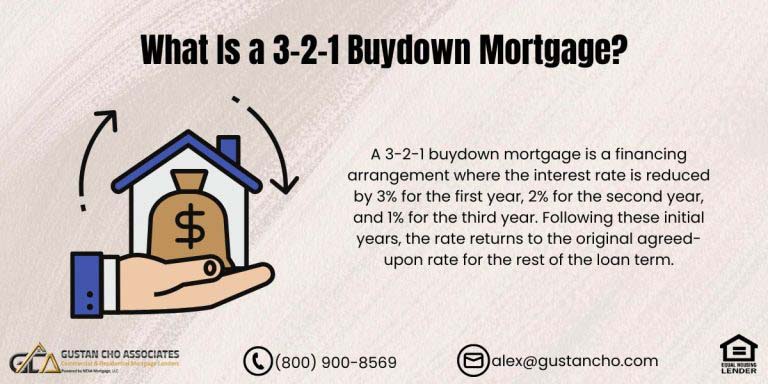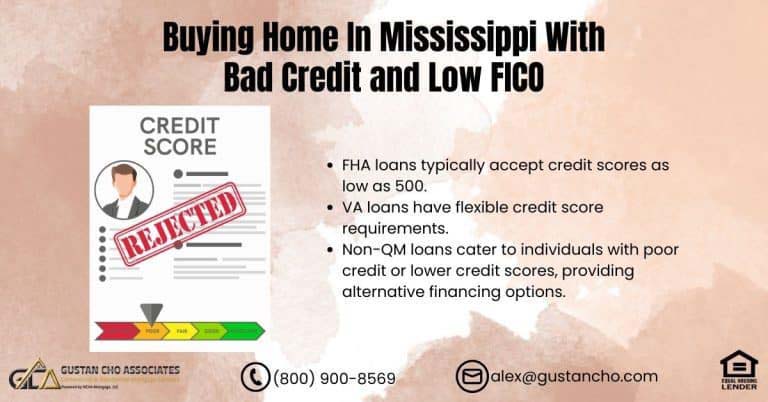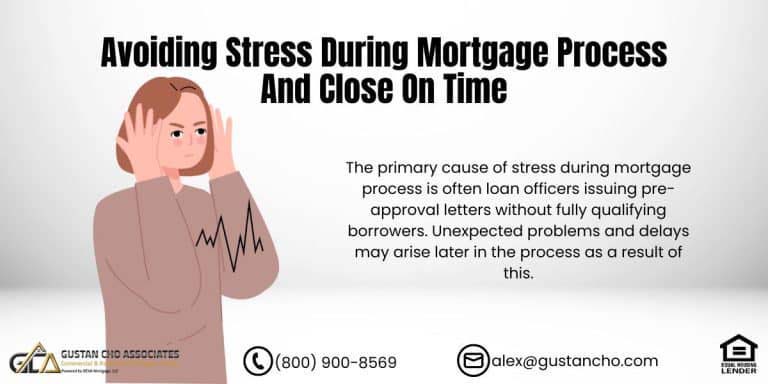In this blog, we will discuss and cover high-cost guidelines on government and conventional loans.
Some states have high-cost rules. What is high-cost? High-cost is that the total fees and costs in obtaining a residential mortgage loan cannot exceed 5% of the mortgage loan amount. Fees that are calculated in high cost include upfront mortgage insurance premium, yield spread premium, origination fees, underwriting fees, and other fees and costs associated with obtaining a mortgage loan.
What Constitutes a High-Cost Loan?
A high-cost loan, often labeled as predatory or high-interest, is characterized by several key factors:
- These loans typically feature an Annual Percentage Rate (APR) significantly higher than the average market rates, substantially increasing the overall cost of borrowing.
- They often come burdened with excessive fees, including origination fees, processing fees, and penalties for late payments or prepayment. The repayment terms of such loans are often short, leading to higher monthly payments that strain the borrower’s financial capabilities.
- High-cost loans may be associated with predatory practices, such as misleading advertising and targeting vulnerable borrowers.
Furthermore, the lack of regulation in certain markets allows lenders to impose exploitative terms without adequate consumer protection measures. In some cases, these loans may require collateral, putting borrowers’ assets at risk in the event of default. Consequently, borrowers must exercise caution, thoroughly examine loan terms, and seek advice to avoid high-cost lending.
Buying in a High-Cost Area? Know the Rules First
FHA, VA, and conventional all treat high-cost limits differentlyHigh Cost Affects Smaller Size Loans
Just the FHA upfront mortgage insurance premium is 1.75% automatically gets applied to the 5% high-cost maximum limit. Even though the FHA mortgage upfront mortgage insurance is rolled into the mortgage loan, the high-cost rules apply. If the mortgage lender’s yield spread premium is 3% and has the upfront mortgage insurance premium of 1.75%, the borrower is already at 4.75%.
States High-Cost Rules and Regulations
Borrowers only have 0.25% worth of credit to work with to cover fees. The costs of a mortgage loan and anything over 5% are considered a violation of high cost. Illinois is a high-cost state. Florida is not a high-cost state. So, if the mortgage lender charges a $900 underwriting fee on a smaller loan, borrowers will be in violation of the high-cost rules. Lenders cannot do the loan unless borrowers get a sellers concession towards closing costs or a lenders credit towards closing costs
Sellers Concessions Towards Closing Costs
Sellers concessions towards the buyers closing costs is one way of avoiding high cost rules. For example, if the seller wants a bottom-line amount of $100,000 from the sale of the home, the seller can price it at $105,000. Sellers can give home buyers seller concessions of $5,000 towards the buyers closing costs.
However, if the closing costs only come out to be $3,000, the remaining $2,000 goes back to the seller.
Seller Concession Overages
Homebuyers are not allowed to pocket the difference. The maximum amount of seller concessions towards a buyer’s closing costs is 6% of the purchase price with FHA loans. VA loans allow up to 4% seller concessions. USDA allows up to 6% seller concessions. Both Fannie Mae and Freddie Mac permit 3% sellers concessions on owner occupant and second homes and 2% on investment homes.
Make sure borrowers do not waste the sellers’ concession because it will go back to the seller. Overages in Sellers Concessions normally go towards buying discount points to buy down mortgage interest rates.
What are the Terms for a Conventional Loan?
Private lenders offer conventional loans without government insurance or guarantee. Let’s explore your options and find the perfect loan for you. Government-sponsored enterprises (GSEs) like Fannie Mae and Freddie Mac establish guidelines that these loans typically follow.
Here are some common terms associated with conventional loans:
- Loan Amount: The maximum loan amount for a conventional loan is determined by Fannie Mae and Freddie Mac’s conforming loan limits, which are adjusted annually.
- Down Payment: Down payments are typically required for conventional loans, ranging from 3% to 20% of the purchase price. The down payment size can affect the interest rate and mortgage insurance requirements.
- Credit Score: A conventional loan usually requires borrowers to have a decent credit score, ranging from 620 to 680. A higher credit score can result in better loan terms, such as a lower interest rate.
- Interest Rate: The interest rate on a conventional loan can be fixed or adjustable. Fixed-rate loans maintain the same interest rate for the entire loan term, while adjustable-rate loans (ARMs) have rates that can change periodically after an initial fixed-rate period.
- Loan Term: Conventional loans often offer various loan term options, with 30-year and 15-year terms being the most common. Loans with shorter terms generally come with lower interest rates but entail higher monthly payments.
- Private Mortgage Insurance (PMI): If the down payment is below 20% of the home’s purchase price, borrowers usually have to pay for private mortgage insurance. This type of insurance protects the lender if the borrower defaults. This often leads to a higher monthly mortgage payment until the borrower has created enough equity in the home.
- Debt-to-Income Ratio (DTI): Lenders evaluate borrowers’ debt-to-income ratios to ensure they can comfortably afford the mortgage payments. The maximum DTI ratio allowed for conventional loans is typically around 43%, although it can vary depending on other factors.
- Appraisal: Determining the fair market value of a property and ensuring it meets the lender’s collateral requirements typically necessitates a professional appraisal.
These terms can vary based on the lender’s specific requirements and the borrower’s financial situation. Borrowers need to shop around and compare offers from different lenders to find the best terms for their needs.
Avoid High-Cost Loan Traps on Government and Conventional Loans
Make sure your quote meets high-cost guidelines before you signWhat is the Difference Between HPML and HPCT?
HPML (Higher-Priced Mortgage Loan) and HPCT (Higher-Priced Covered Transaction) are distinct regulatory terms within mortgage lending. HPMLs are loans with annual percentage rates (APRs) exceeding the average prime offer rate by a specified margin, necessitating additional consumer protection measures outlined in the Truth in Lending Act (TILA) and Regulation Z. These measures include obtaining certified appraisals and providing borrowers with specific disclosures.
HPCTs, on the other hand, are a subset of higher-priced mortgage loans that meet criteria outlined in Regulation Z within the context of Qualified Mortgages (QM). These loans must adhere to underwriting requirements and restrictions on loan features to ensure borrowers’ ability to repay according to the Ability-to-Repay (ATR) rule.
Understanding the difference between HPML and HPCT is crucial for lenders to navigate compliance requirements and provide appropriate consumer protections while originating mortgage loans.
Lenders Credit Towards Closing Costs
What if the seller is not willing to give a buyer a seller concession towards closing costs to offset the high-cost laws. There are many instances where a seller concession is difficult to get when the property is bank-owned or HUD-owned. In cases like these, the buyer can get a lenders credit towards closing costs by getting a higher mortgage rate.
For example, if a mortgage loan borrower got a rate of 3.75% without any lender credit towards closing costs, he or she can opt for an interest rate of 4.0% or 4.25% with a lender’s credit towards closing costs. The amount depends but normally can be anywhere between 1.0% to 3.0% of the mortgage loan amount.
High-Cost Update: Qualified Mortgages: QM Test
This paragraph is an update to this mortgage blog article post since it was written and published. The CFPB has launched QM, Qualified Mortgages, effective January 2014 and all mortgage loans need to pass the QM Test. Qualified Mortgages are mortgage loans with emphasis with the ability to repay and mortgage lenders need to follow strict mortgage lending guidelines so the borrower is able to repay their mortgage loans and the costs and fees a mortgage loan borrower pays cannot exceed 3%.
If you have any questions about High-Cost Guidelines On Government And Conventional Loans or you need to qualify for FHA loans with a lender with no overlays on government or conforming loans, please contact us at Gustan Cho Associates at 800-900-8569. Text us for a faster response. Or email us at alex@gustancho.com . The team at Gustan Cho Associates is available 7 days a week, on evenings, weekends, and holidays.
Related> Qualified Mortgages: How It Affects You
FAQ: High-Cost Guidelines On Government And Conventional Loans
-
1. What defines a high-cost loan, and how does it affect borrowers? High-cost loans encompass mortgage loans where the total fees and costs cannot surpass 5% of the mortgage loan amount. These costs include various fees such as origination fees, underwriting fees, and premiums. High-cost loans typically burden borrowers with significantly higher APRs and excessive fees, making them financially strenuous.
-
2. How do states’ high-cost rules impact borrowers? Some states impose high-cost rules, where exceeding the 5% limit on fees constitutes a violation. States like Illinois are considered high-cost, while others like Florida are not. Violating these rules may necessitate alternatives such as seller concessions or lenders’ credits to offset fees and remain compliant.
-
3. What role do seller concessions play in avoiding high-cost rules? Seller concessions towards closing costs offer a solution to high-cost constraints. Sellers can adjust the home price to include concessions towards the buyer’s closing costs, ensuring compliance. However, any excess from these concessions typically returns to the seller, incentivizing efficient use.
-
4. What are the terms associated with conventional loans? Conventional loans offered by private lenders adhere to guidelines set by entities like Fannie Mae and Freddie Mac. Key terms include loan amount limits, down payment requirements, credit score thresholds, interest rates, loan terms, PMI obligations, DTI ratios, and appraisal considerations.
-
5. How do HPML and HPCT differ, and why are they important? HPMLs, loans with APRs exceeding prime offer rates, and HPCTs, subsets of higher-priced loans meeting specific criteria, trigger additional consumer protection measures. Understanding these distinctions is vital for lenders to comply with regulations while ensuring borrower protection during mortgage origination.
-
6. How can borrowers address high-cost issues when seller concessions are unavailable? When seller concessions aren’t feasible, borrowers can opt for lenders’ credits toward closing costs by accepting a higher mortgage rate. This approach allows borrowers to offset fees while complying with high-cost regulations.
-
7. What updates should borrowers be aware of regarding high-cost regulations? The introduction of Qualified Mortgages (QM) by the Consumer Financial Protection Bureau (CFPB) emphasizes the ability to repay mortgage loans, limiting costs and fees to 3%. Compliance with QM guidelines is essential for lenders and borrowers to navigate the evolving mortgage landscape effectively.
This blog about High-Cost Guidelines On Government And Conventional Loans was updated on March 25th, 2024.





